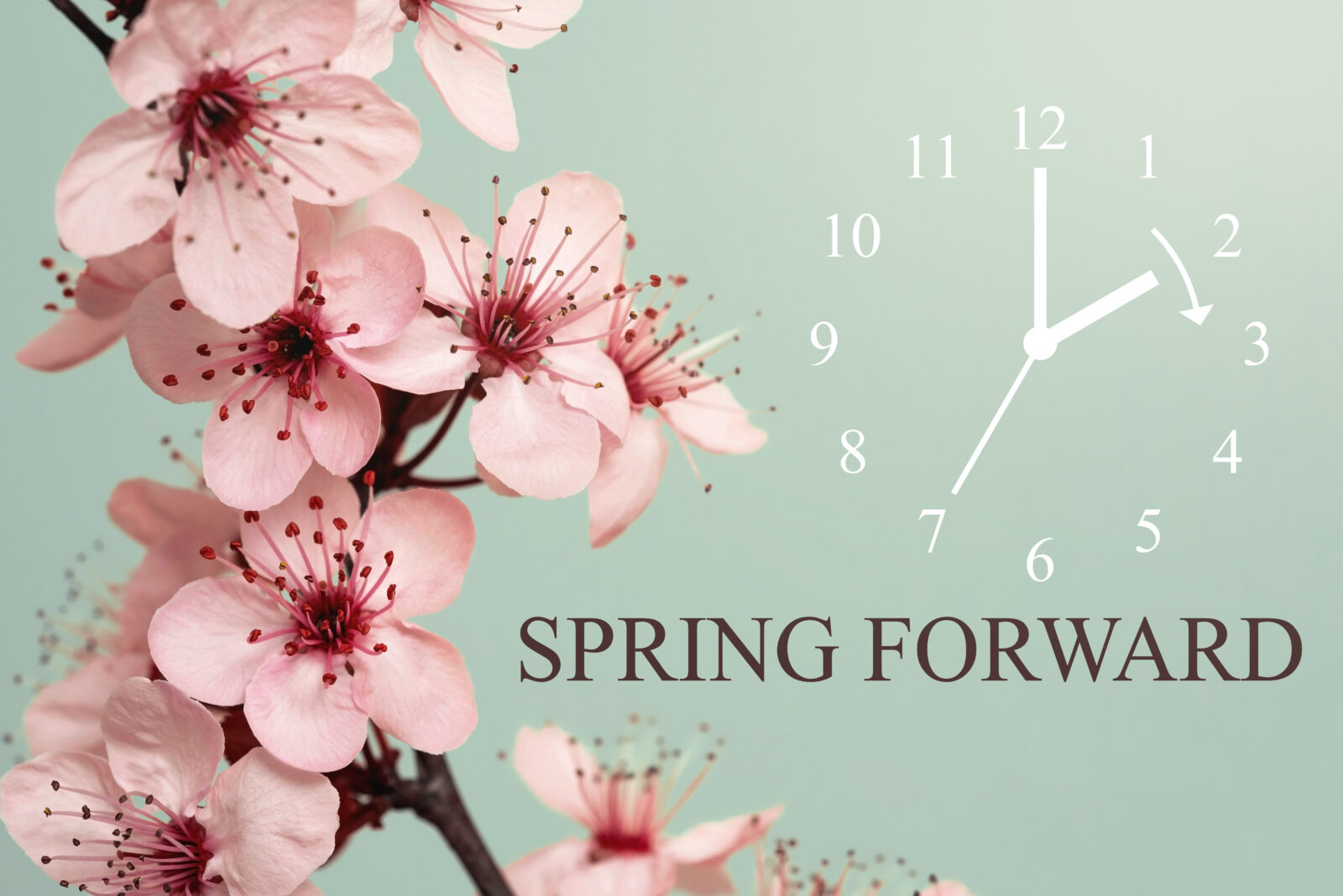Spring Forward With Robust, Bold Teas
Are you ready?
In just three days, people across much of the United States and Europe, as well as other select regions around the world, turn their clocks forward by one hour. The annual exercise welcomes an extra of evening daylight into our lives: In Colorado’s Front Range, for example, the sun sets on Saturday, March 11, at 6:03 p.m., but thanks to Daylight Saving it sets at 7:04 on March 12.
The clock adjustment arrives only due to a trade-off; for that extra hour in the evening, we lose an hour of morning light. If you’ve gotten used to rising from bed to the first glimpses of sun at 6:15 a.m., on March 12 it’ll be dark at that hour.
Many people celebrate the later sunsets. But nearly everybody pays for it. The springing forward in March steals an hour of sleep: If we normally rise at 6 a.m., then once Daylight Saving arrives, that 6 a.m. alarm would have been 5 a.m. the day before. Researchers estimate that it takes people from between one day to one week to adjust.
We all have to soldier through the change. Experts recommend getting outside as soon as possible, as direct sunlight helps the brain awaken. They suggest that people ease into earlier bedtimes and waking times, and practice healthy pre-bedtime habits, such as skipping caffeine late in the day, eating at least 2-3 hours before hitting the sack and turning off all screens 30 minutes or more before turning off the lights.
We endorse all of the above, but we also trumpet another exhaustion-battling gambit: exploring robust teas.
Bold Teas for Dark Mornings
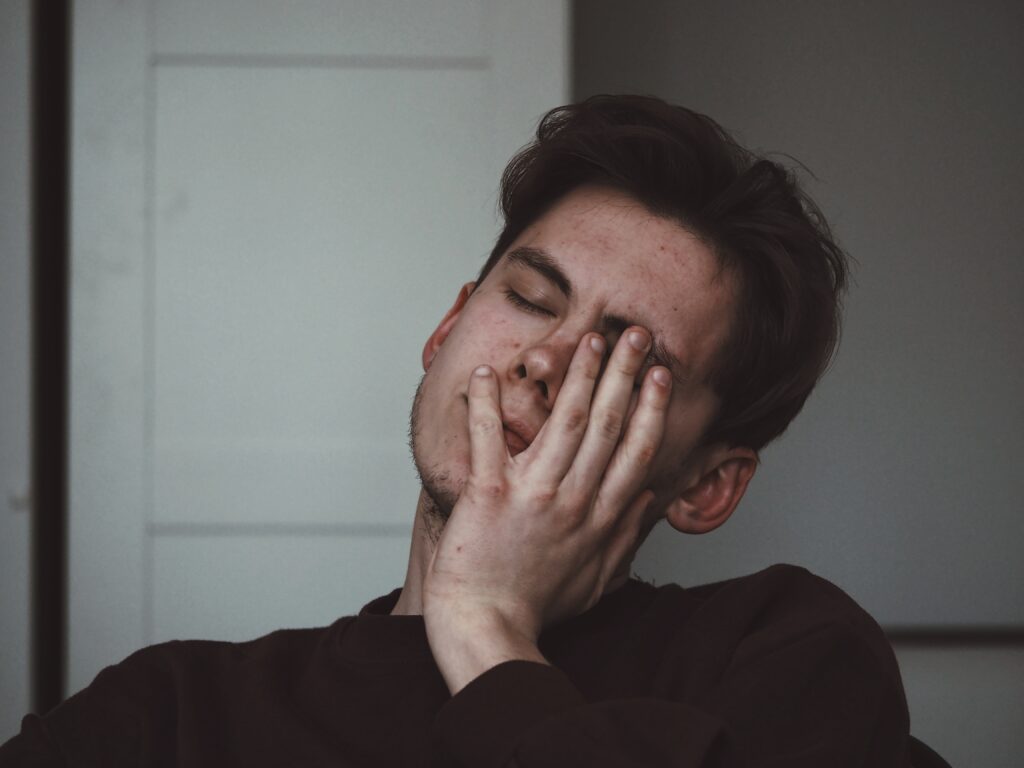
While all traditional tea comes from the same plant, Camellia sinensis, variations between tea styles diverge wildly, from subtle, nuanced teas that revolve more around floral qualities to teas that broadcast roasted, malty and earthy flavors. As long as the tea is high-quality, we savor them all. But we especially champion the robust styles for wake-ups, especially when we are tired and desire a hot cup of something strong to warm to shake us out of sleepiness and jumpstart the day.
Black teas offer the most obvious candidates for strength; the styles relied upon by the United Kingdom diaspora, for example, are famously sturdy. But other styles, like greens, oolongs and puerhs, also offer powerful teas.
How to manage your post-daylight-saving experience with tea? We have ideas!
Robust Teas for Daylight Saving Time: Hojicha Green
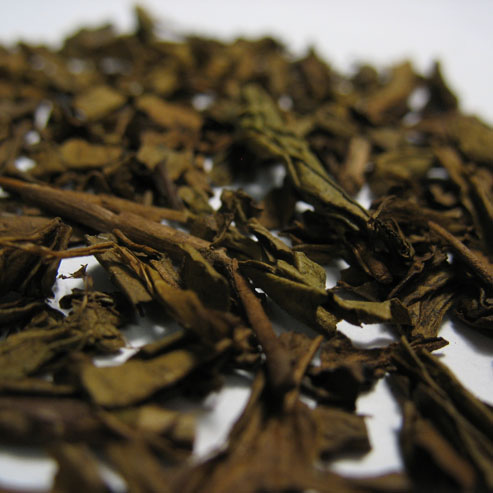
People in Japan do drink some black and oolong teas. But the vast majority of tea sipped in the Land of the Rising Sun is green. And the styles capture a diversity of flavors, textures and aromas, from the intensity of matcha to the novel tastes of genmaicha, with its abundance of toasted brown rice in addition to Japanese sencha tea.
One style, hojicha, stands unique among Japan’s assortment of green teas. Tea farmers harvest these leaves late in the season, then immediately stream, dry and roast them. The result: a green tea with dark leaves and an amber-colored infusion that stands apart from other Japanese green teas. Hojicha’s taste broadcasts power, and its aromas are unforgettable.
If you’ve ever had a meal at a Japanese restaurant, there’s a chance you were served hojicha, as the tea complements Japanese cuisine wonderfully. In addition, hojicha has a low caffeine content, which also makes it a suitable beverage for dinner.
Robust Teas for Daylight Saving Time: Rou Gui Rock Oolong
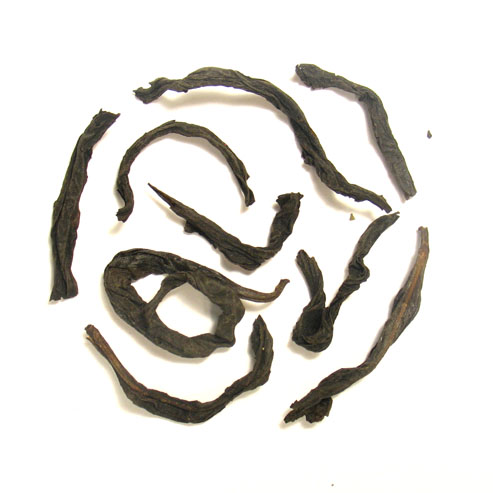
Of all tea styles, oolongs offer the most variation. Some oolongs are ethereal and floral, others come across as bold and malty. In between, oolongs cover a huge range of flavors, textures and sipping experiences.
Among oolongs, those from China’s Wuyi Mountains, in the northern reaches of the country’s Fujian Province, are most prized by tea aficionados. The teas, often called “cliff teas” because they grow on mineral-rich soils within steep gorges, deliver complex deliciousness to the people who drink them.
As with oolongs in general, those from the Wuyi Mountains present many different tastes. With its flavors rooted heavily in cinnamon spice, Rou Gui is the the most vigorous of all of the rock oolongs. Combined with a gravelly texture and burnt amber liquor, rich and dark Rou Gui is a must for anybody angling for a strapping morning tea.
Robust Teas for Daylight Saving Time: Scottish Breakfast Black
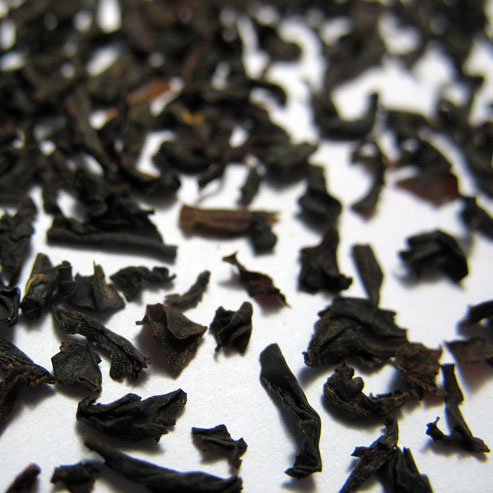
It’s the coldest part of the United Kingdom, and also the rainiest. On the winter solstice, people in Inverness experience just six hours and 35 minutes of daylight, while in London the amount of daylight will be seven hours and 49 minutes. In short, Scotland is a forbidding place — beautiful, atmospheric and charming, yes; forbidding too.
It’s no surprise the Scottish drink quite a bit of dark tea; by some accounts, they sip more tea than anybody else in the United Kingdom — and that’s saying something!
People across the United Kingdom all enjoy their own regional styles of black tea, which generally combine Indian, Sri Lankan and Chinese black teas into a blend. Our Scottish Breakfast tea incorporates a robust, malty Indian Assam with a sweet, earthy Keemun from China and an Orange Pekoe from Chingwo County in China’s Fujian Province.
This tea is bold, rich and malty. We adore it with either a dairy or plant-based creamer and a touch of sweetness from honey or sugar. It’s an outstanding way to start your day.

